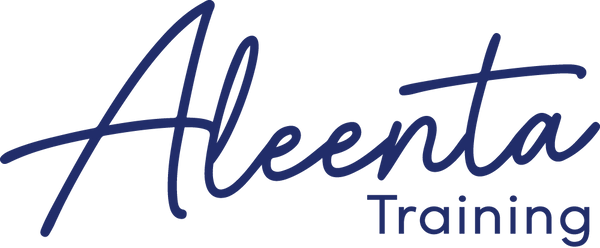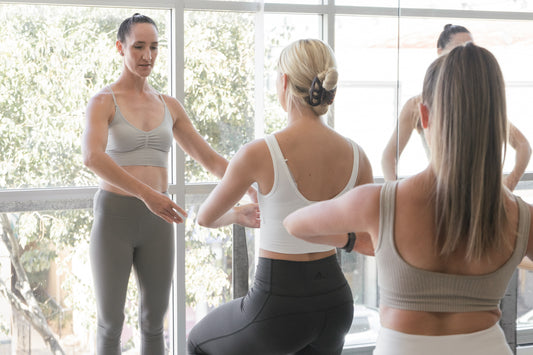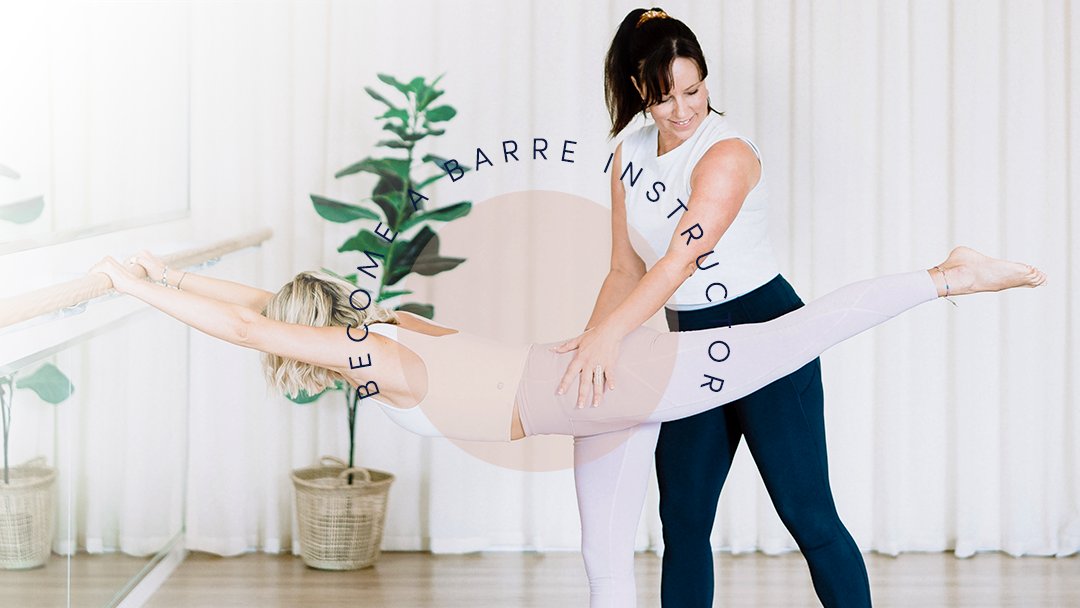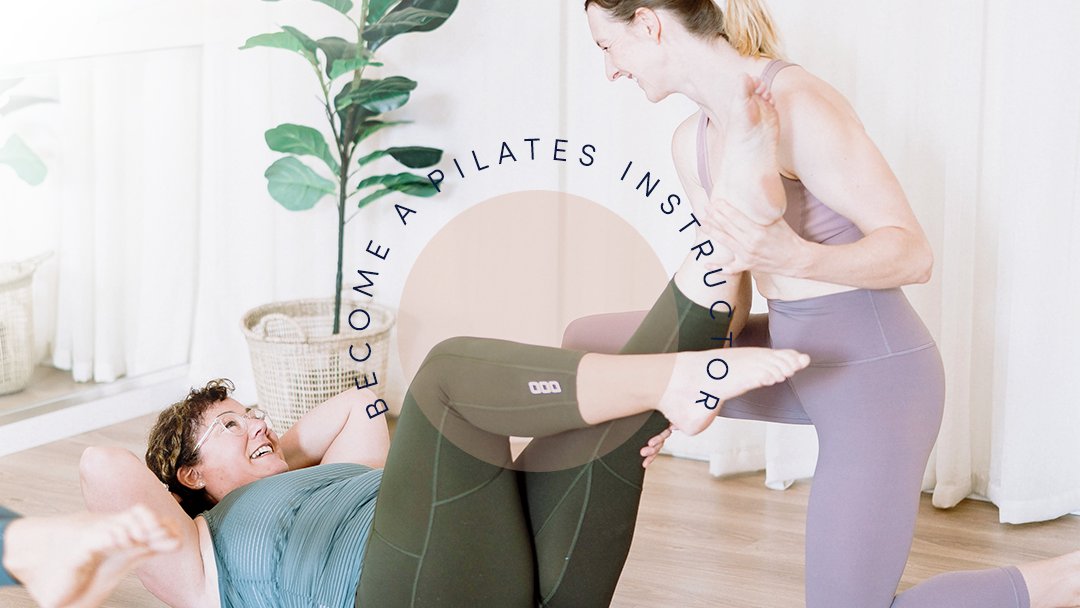
Glossary Of Ballet Terminology – Preparing For Your Barre Training!
Share
Barre, as a fitness form, was created by ballet dancer Lotte Berk. She utilised many ballet exercises and terminology as the foundation for this style of fitness. So, it’s not only important that you, as an instructor, understand the lingo, but your clients do as well. The better you are at explaining the terms simply, the better your clients will learn and understand them. As a number of the terms are French - they will sound very foreign to clients initially. They can begin to memorise the names of certain exercises and their proper form, leading to an overall more positive experience. Remember, knowledge is power!
Some Barre studios choose to not use the ‘correct’ ballet terms and simplify to appeal to the masses. This is a choice either you will make as an Instructor or your Studio where you teach may already have some conventions regarding this. Nonetheless it’s good for you to know all the original terminology.
This handy glossary covers the most common terms you will encounter to best prepare you for training. A note on pronunciation: when you see an acute e (é), it makes an “ay” sound. For example, plié is pronounced “plee-ay.” An e with no accent at the end of a word is not pronounced, so the word demi-pointe is actually pronounced “demi-point” rather than “demi-point-ay.” Don’t worry if you get stuck, we’ll provide some pronunciation tips for each word!
Positions
It should be noted that there are several different frameworks of ballet that have slight variations for each of these positions, and even different names. This glossary uses the French/RAD terminology.
| Position | Translation | Pronunciation | Arms | Feet | Example |
| Bras bas | low arm | “brah-vah” | rounded as though holding a beachball, fingertips sit in line with the pelvis. |  |
|
| 1st position | rounded as though holding a beachball, fingertips sit in line with the bellybutton. | heels click together whilst toes stay open, creating a V shape. |  |
||
|
2nd position/ seconde |
open to either side, slightly rounded at the elbows. | just wider than the hips, generally 2 ½ of your own feet wide (this is a great cue for clients). |  |
||
| 3rd position | one arm open in seconde, the other closed in 1st position. | like 1st position, except one foot sits in front of the other, and the front heel connects with the arch of the back foot. |  |
||
| 4th position | one arm open in seconde, the other raised to 5th position. | starting from 3rd position, step the front foot out about the length of a tendu (you can even tendu to get to this position). Note 4th position can be quite strong on the knees and many clients may not have much range of motion here. |  |
||
| 5th position | rounded as though holding a beachball, held above the head. Fingertips should be able to be seen at the top of your peripheral vision. | like 3rd position, except the front heel connects to the big toe of the back foot. This position often forces turnout especially for instructors/clients with no dance experience, placing stress on the knees and ankles. Hence, it is rarely used, however, it’s still good to know about. |  |
||
| Demi-pointe/en rise | “demi-point,” “on rise” | When standing on the balls of the feet. |  |
||
| Arabesque | “a-rah-besk” | One leg is extended straight, behind the body, and off the ground. |  |
||
| Attitude | Like arabesque, only the knee is bent instead. |  |
|||
| Coupé | to cut | “coo-pay” | The supporting leg stands in turnout. The other leg bends, and the toes sit low either in front or behind the supporting ankle. Often used in faster movements like jumps, and makes a quick ‘cutting’ motion into place, hence the name. |  |
|
| Retiré | withdraw | “reh-tear-ray” | Like coupé, except the toes of the working leg sit in front or behind the supporting knee. |  |
Directional Terms
Note that these terms are not a required element of a barre class, and aren’t always used, but can be fun to add!
Derrière
Translation: behind
Pronounced: “deh-ree-air”
À la seconde/seconde
Translation: to the side
Devant
Translation: front
Pronounced: “deh-von”
En croix
Translation: in the shape of the cross
Pronounced: “on cwah”
This is generally used in a tendu or battement sequence. Each movement is repeated in this order: front-side-back-side, drawing an imaginary cross (hence the name!).
Movement terminology
TERMINOLOGY GRAPHICS by Aleenta Health Club
Port de bras
Translation: carriage of the arms
Pronounced: “pour-deh-bra”
This indicates the movement of the arms between positions. It is most used in barre to mean moving the arms through a full circle from 1st to 5th (or vice versa). Note that in ballet, this would be referred to as circular port de bras.
Plié
Translation: to bend
Pronounced: “plee-ay”
A bend of the knees in any of the 5 positions.
Grande plié
Translation: big bend
Pronounced: “grahnd plee-ay”
A larger bend of the knees, often requiring the heels to lift so the tailbone can continue toward the floor. Note that in seconde the heels do not lift.
Relevé
Translation: to raise
Pronounced: “reh-leh-vay”
The heels rise off the floor, bringing the feet onto demi-pointe. Like the French version of a calf raise!
Tendu
Translation: to stretch
Pronounced: “ton-doo”
The foot brushes against the floor to the front, side, or back, gradually pointing until the leg is outstretched with either the pinky toe on the floor (turned out) or the big toe (parallel).
Piqué
Translation: to prick
Pronounced: “pee-kay”
The stretched leg (whether in tendu, battement or developpé) briefly taps the toes to the floor in a pricking motion.
(Petit) Jeté
Translation: (little) jump
Pronounced: “peh-tee jeh-tay”
Usually done from 1st, 3rd or 5th position. From plié, one leg brushes out to tendu: push off the supporting foot to jump onto the outstretched one, tucking the supporting leg to coupé as you land. Petit jetés are most common in barre but there are other types of jetés you may encounter.
(Grande) Battement
Translation: big beat
Pronounced: “grahnd bat-mon”
The fancy, French way of saying kick! Despite the name, kicks don’t have to be huge in barre; 90 degrees is the most we need to go to workout the muscles. Many instructors will simply call these battements, hence why grande is in parentheses. Usually done from 1st, 3rd or 5th position.
Developpé
Translation: to develop
Pronounced: “dev-low-pay” OR “de-veh-low-pay”
Starting from 1st, 3rd or 5th position, the front foot drags up the standing leg to retiré, then extends forward, side, or backwards to a straight leg in a sort of held battement. Think of this as the working leg ‘developing’ into an extension.
Enveloppé
Translation: to envelop
Pronounced: “on-veh-low-pay”
The reverse of a developpé. The working leg brushes up into the battement position first, then bends to retiré and drags down the leg back to the original position.
Fondu
Translation: to melt
Pronounced: “fon-doo”
No, not like the cheese! But that’s always a great joke to crack with clients ;) A fondu is the action of bending the supporting leg during another movement. In barre, it is mostly used with developpés; as the working leg extends, the supporting knee slowly bends at the same time.
Passé
Translation: to pass
Pronounced: “pass-ay”
The transfer of the front leg to the back, or vice versa, moving through a retiré position. Usually from 1st, 3rd, or 5th position, but can be played around with for a barre workout!
Rond de jambe (en l’air/à terre)
Translation: circle of the leg (in the air/on the ground)
Pronounced: “ron-deh-jom (on lair/ah tair)
One leg, either in battement (en l’air) or in tendu (à terre) moves from a front position to the back, or vice versa, drawing a semi-circle. The leg can either pass through 1st position to create a full circle, or reverse back and forwards. Using the parenthetical words is optional, and many instructors don’t, but it can be fun to throw in some additional knowledge for clients.
Changement
Translation: change
Pronounced: “shohndge-mon” OR “shohn-jeh-mon”
A jump from 3rd or 5th position where the feet swap from front to back. For example, if the right foot is in front, after one changement, it will now be the back foot.
This glossary is a great place to start wrapping your head around ballet terminology before your first day of in-person training with Aleenta, and of course, you can always refer back to it throughout your career! If you have any other terms you’d like us to cover, leave a comment or DM us on Instagram @aleentatraining






